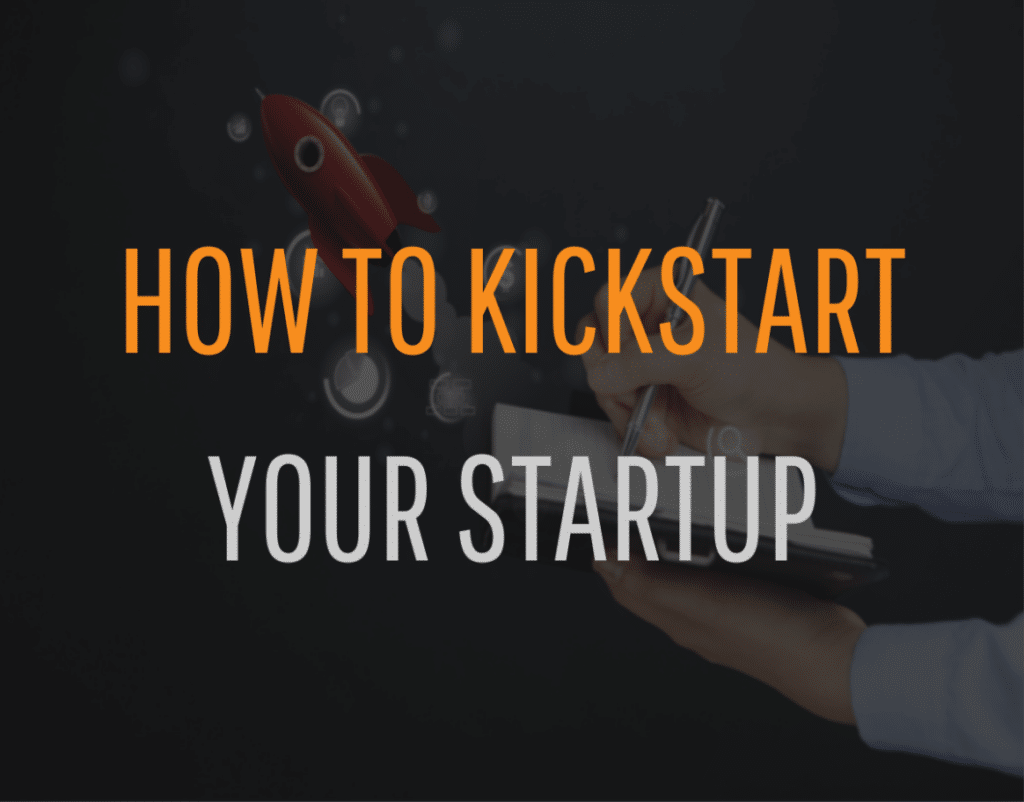It’s time to take the great business idea that took shape during the pandemic to market
During the pandemic, we were all forced to confine ourselves to many things that were smaller. Smaller spaces, smaller groups, smaller activities. But physical restrictions tend to push imaginations outward toward bigger ideas and possibilities. So for all the struggles, chaos, and economic uncertainty inflicted by the global pandemic, something incredibly positive began happening in the great minds of the confined. A start-up boom.
Free from the tedium of long, rush-hour commutes and unable to enjoy our regular routines of social interaction and distraction, many of us found ourselves focused on imagining business opportunities that could grow and thrive once the world returned to normal.
So it shouldn’t really surprise anyone to see the number of startups in 2020 grow a whopping 24% as compared to 2019. Whether this new business attention turned to finding ways to address shortages of goods and services, explore ways to adapt to a brave, new remote world, or maybe just finding engaging ways to entertain, create, and shop, many of us were driven to create.
And now, seeing signs of returning to normalcy, we’re finding that we are emerging from our couches and kitchen tables with a startup business that’s hungry to go and grow. Many are more than just great ideas. We’re talking about full-fledged businesses with sound business plans and solid financial backing from either investment backers or maybe just from turning stimulus money into working capital.
So now that you’re ready to take that first big step into post-pandemic prosperity the question is…how do you grow your idea into a successful business?
Aim for Small Wins
Like most startup founders, you’re a visionary. You can see what you want your startup to become and have the drive and know-how to get it there. But the vision in your head is probably a view of ultimate success. There are still many, many hurdles you’ll have to leap over along the way. So instead of trying to launch yourself from the ground to the mountaintop in one fell swoop, break up your journey into smaller, quick-win chunks. Smaller, incremental wins will help you stay on track and help show both potential customers and financial backers the progress you’re making and the value you offer.
Tell the Right Story to the Right People
In the beginning, roughly 58% of startups have less than $25,000 at their disposal which probably isn’t enough to get them through their first year. This is one of the reasons why more than 37% of startups fail. They simply run out of money.
So in the early stages of your startup, you’ll want to grow your bank account either through sales or investment.
The sales path will require more patience because it will take a while for potential customers to discover you as well as evaluate and decide whether your product or service is something they want to buy. So having a clear understanding of who your best customers are right out the gate is essential. And having a well-crafted, benefit-powered value proposition is critical. Sure, your value might be crystal clear in your mind, but – as they say – you only get one chance to make a first impression. So you can’t afford to stutter through your brand story. Focus on the “why you’re worth it.” Make it clear, crisp, and concise. Don’t describe. Share. Create a selling proposition in a few words that feel comfortable when spoken and not like a list of ingredients off the back of a cereal box.
But if you want to grow faster, seek out investors with a well-crafted business case that pushes their ROI buttons. Do a bit of research to learn who those people are; the types of similar businesses they’ve invested in in the past; what type of performance they’ll be looking for in the first years of their partnership with you. Then, anticipate the types of questions they’ll probably ask and have a no BS answer ready for them.
Talk about demand, accessibility, opportunity. Make sure everyone walks away from the conversation or pitch with a shared and solid understanding of what your product or service is, why it’s needed, who needs it, and how much they’re willing to pay for it; as well as how much it will take to take that story to market. Create a compelling story that will resonate with them.
Minimize Expenses
Don’t get carried away with tech purchases, equipment, and office space. Invest only in the essentials. There may be assets you’ll want and need to purchase down the road. But for now, keep spending tight. Overspending on non-critical assets will burn through your cash flow faster than you can say “startup.” And, if possible, use contractors, freelancers, and lower-cost subscription-based support services instead of hiring full-time employees for as long as you can. As your revenue grows, you can better determine not only the regular staff you need but also the staff you can afford to hire.
Most startups need to generate at least $50,000 in annual revenue to achieve long-term sustainability. There’s not a lot of salary wiggle room in that number. And just getting to $50K will take time. For many startups, it can take up to two years to become profitable. So look at every purchase through an ROI lens. If it’s not helping you earn, do without it.
Build “Ownable” Marketing
Rushing to buy ad space may be tempting, but it won’t lead to long-term success. Yes, ads can build brand awareness, but that awareness will quickly fade the moment you stop paying for them.
It’s better to take advantage of the many marketing channels available to you that are inexpensive – and in some cases, even free. This allows you to build a marketing infrastructure you can own, control, and use to refine your marketing messaging and offers. This includes a website, LinkedIn company page, social media, email – whatever your market uses and engages with on a regular basis. Also invest in foundational collateral like an emailable PDF brochure that describes your business, products, and unique selling proposition and a sales presentation or pitch deck for potential investors that lays out your business vision, and some shareable social media content you can begin to use to stimulate social conversation and brand awareness.
Avoid Data Overload
We’re all aware of the value of big data and analytics. But as a startup, you really don’t need that much of it.
I’m not saying that some data isn’t important early on. You’re going to have a lot of information to sift through. Some of it will matter, most of it won’t. And it will often be hard to tell the difference. That’s why I like GoDaddy’s Bob Parsons advice: “Don’t measure too many things. It’s overwhelming when you’re facing 1,000+ variables and aren’t sure how they’re connected or how they can help you. It sucks you in and takes time away from actually using any of the data you collect.”
So try not to get overwhelmed by the flood of new data that will inevitably surge your way in the early days. Decide ahead of time what information you should watch and, for now, ignore the rest. Keep it simple and focused. In the early stages of your startup, the most important metrics will probably be website traffic, conversion, sales, and acquisition costs.
Be Rigidly Flexible
Don’t be surprised if your startup doesn’t perform as expected immediately. There are so many unknowns, so many variables, so many shifts in markets and customer perceptions, it’s impossible to anticipate everything that could happen.
But also remember that the goal of your startup is a success. To achieve that goal, you may have to tweak some of your original thinking.
Research shows that for 59% of startups, changing their business plan when they see something that just isn’t working is a top pivot strategy that can set them on a different course. You need to learn to accept what your market is telling you and know when to make adjustments.
Call it “rigid flexibility.” You’re rigid in your conviction that failure is not an option, but you’re flexible about the tactics that you take to get there.
Everything that is worthwhile in life is going to take some time and effort. You need sweat equity to take your idea from your mind to the masses. As I mentioned earlier 37% of startups run out of money, 42% misjudge the market, and 58% have less than $25,000 to work with to grow their business. These kinds of stats may seem daunting, but you can shift the odds in your favor by prioritizing a solid business strategy, proper money management, and good marketing.
Crunchbase reports that venture capital investing for startups topped $300 billion in 2020. That’s a 4% YoY increase – despite a pandemic. What’s more, startups are succeeding at higher rates than ever before. As many as 80% break past their first year of operations. And with the lower costs of technology and widespread availability of contractors, you can get started on a lower budget and potentially attract those investors on the hunt for the next unicorn.
When you can align your product or service with your messaging, keep a firm grip on the budget, and know your value inside and out, you’ll have every opportunity to take your startup to the next level.





